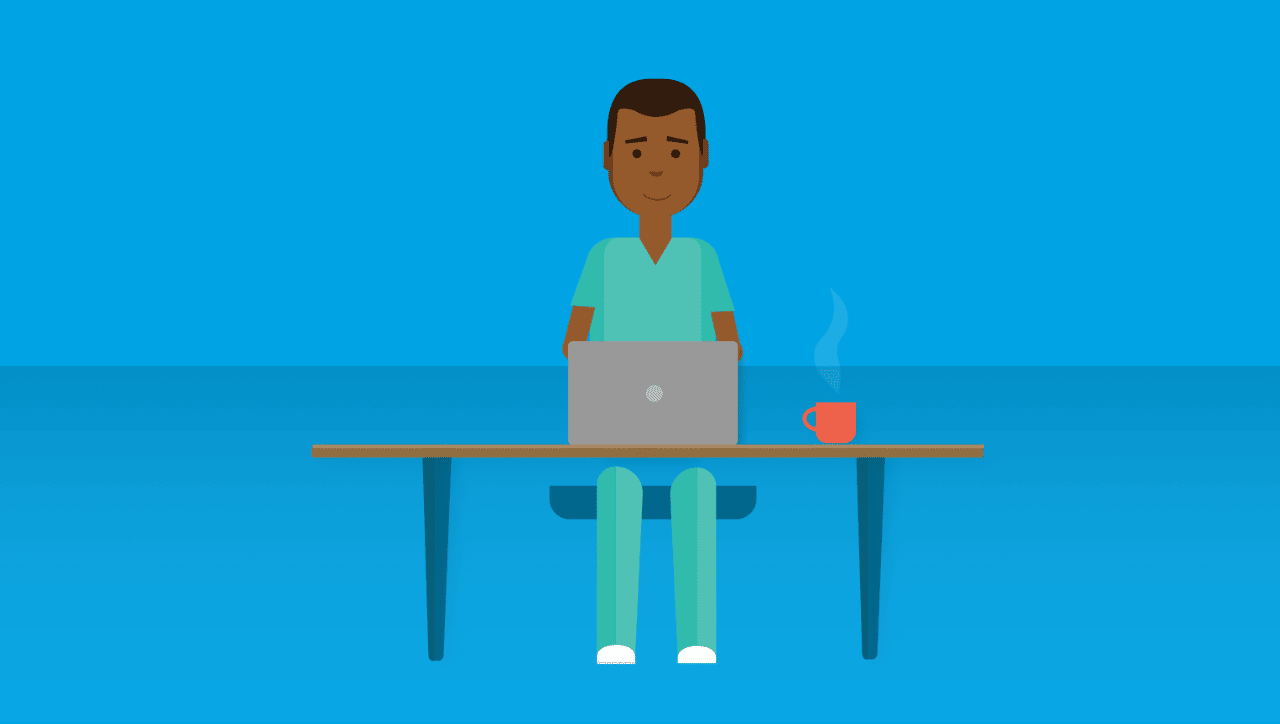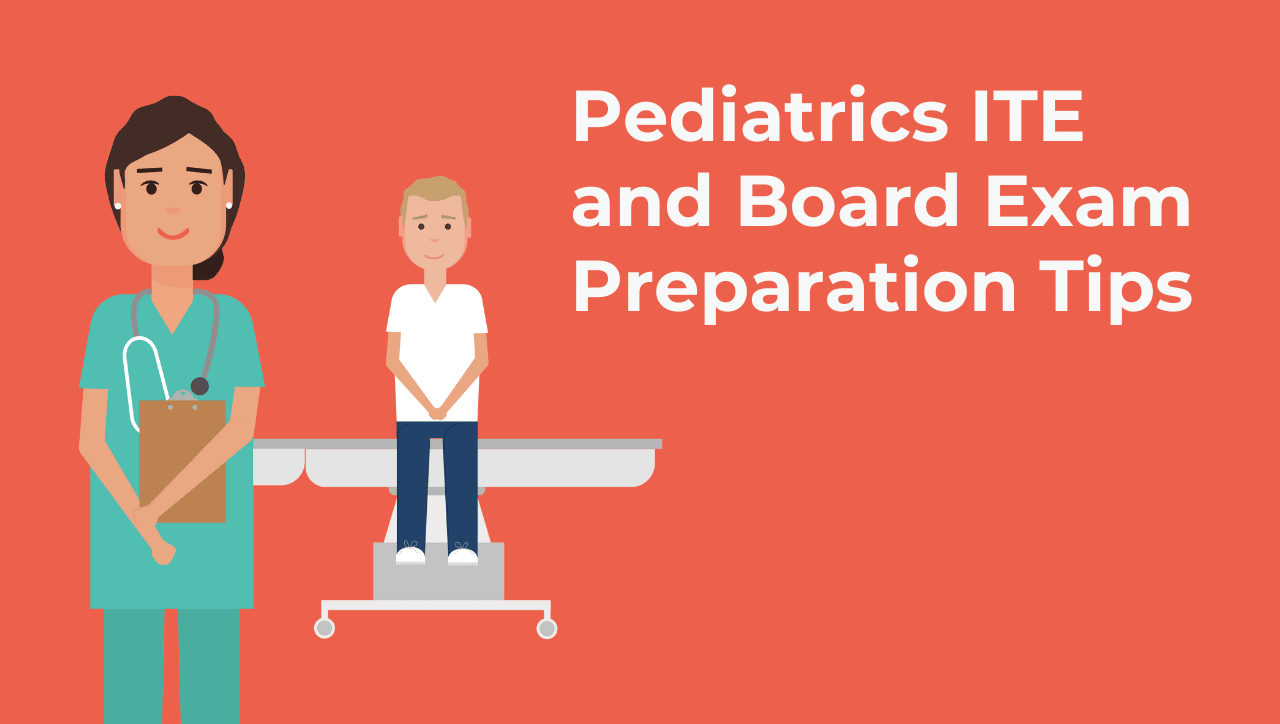Free Pediatric Sample Questions
See why TrueLearn is a trusted resource for thousands of medical students and residents. At TrueLearn, we understand that it’s all about the content. That’s why we have high-yield ABP practice questions written and screened by high-performing physician authors that are updated on a regular basis to ensure our SmartBanks stay up-to-date with exam blueprint changes. See what we mean with the below free pediatric sample question.
Your Free Pediatric Sample Question
A 5-week-old male presents with a cough and congestion. The mother denies any fever. The patient was born at term via a normal spontaneous vaginal delivery. The mother did not receive prenatal care and has a history of multiple sexual partners in the past and throughout the pregnancy. On physical exam, the patient is intermittently tachypneic after episodes of a staccato-like cough. His chest x-ray shows hyperinflation with bilateral symmetric interstitial infiltrates. Laboratory data are significant only for eosinophilia.
What is the treatment of choice for the most likely cause of this patient’s infection?
A. Amoxicillin
B. Ampicillin and gentamicin
C. Erythromycin
D. Ribavirin
E. Supportive care
Answer and Explanation
Did you get it right? The correct answer is: C
The infant’s presentation and subsequent workup make chlamydial pneumonia the most likely diagnosis in this case. Chlamydia trachomatis is the most commonly sexually transmitted infection in the United States. Neonates delivered vaginally are at risk of becoming infected with C. trachomatis if their mothers carry the pathogen. Studies have shown a range of maternal chlamydia infections ranging from 2% to 20% with an approximate 50%-70% (symptomatic or asymptomatic) risk of transmission during delivery.
The most common infections are either conjunctivitis (20%-50%) or pneumonia (5%-30%). Neonates with chlamydial conjunctivitis generally present at 5-14 days with an initial swelling and watery discharge that becomes mucopurulent, possibly bloody discharge, severe eye swelling and chemosis (red and thickened conjunctiva). If untreated, scarring and eventual vision impairment may result. Infants with chlamydial pneumonia typically present at 4-12 weeks of age, and half of these patients have a concurrent conjunctival infection. These patients present initially with cough and nasal congestion. Classically, the cough is described as a “staccato cough,” with rales commonly appreciated on physical exam. Laboratory data will show eosinophilia. Chest x-ray generally shows hyperinflation with bilateral symmetrical interstitial infiltrates.
The diagnosis is made with antigen detection methods or nucleic acid amplification testing of conjunctival and nasopharyngeal specimens and confirmation with culture. The recommended treatment for chlamydial conjunctivitis and pneumonia is oral erythromycin for 14 days, with azithromycin an appropriate alternative therapy.
Incorrect Answer Explanations
Answer A: Amoxicillin would be the appropriate treatment if Streptococcus pneumoniae were the infecting organism. Streptococcus is the most common bacterial cause of pneumonia in infants 1-3 months of age; however, the patient’s presentation, the maternal history, laboratory data, and imaging findings are more consistent with chlamydial pneumonia.
Answer B: Ampicillin and gentamicin would be the appropriate treatment for early-onset neonatal pneumonia to cover Group B Streptococcus, Listeria monocytogenes, and gram-negative rod bacteria.
Answer D: Ribavirin has been used to treat respiratory syncytial virus pneumonia in severe cases. It has also been used for prophylactic treatment in high-risk patients.
Answer E: Supportive care is appropriate if the cause of illness is likely to be due to a benign virus, but given the constellation of maternal history, physical exam findings, and initial workup, it would be prudent to treat for chlamydial pneumonia and obtain confirmatory studies.
Bottom Line: Chlamydial pneumonia in neonates generally presents with a classic staccato cough and upper airway congestion. Conjunctivitis may present earlier in the infection’s course and may be concurrently present. The recommended treatment is erythromycin.
For more information, see:
Pneumonia in infants and children. In: Cydulka RK et al., eds. Tintinalli’s Emergency Medicine Manual. 8th Ed. New York: McGraw Hill Education; 2018.


